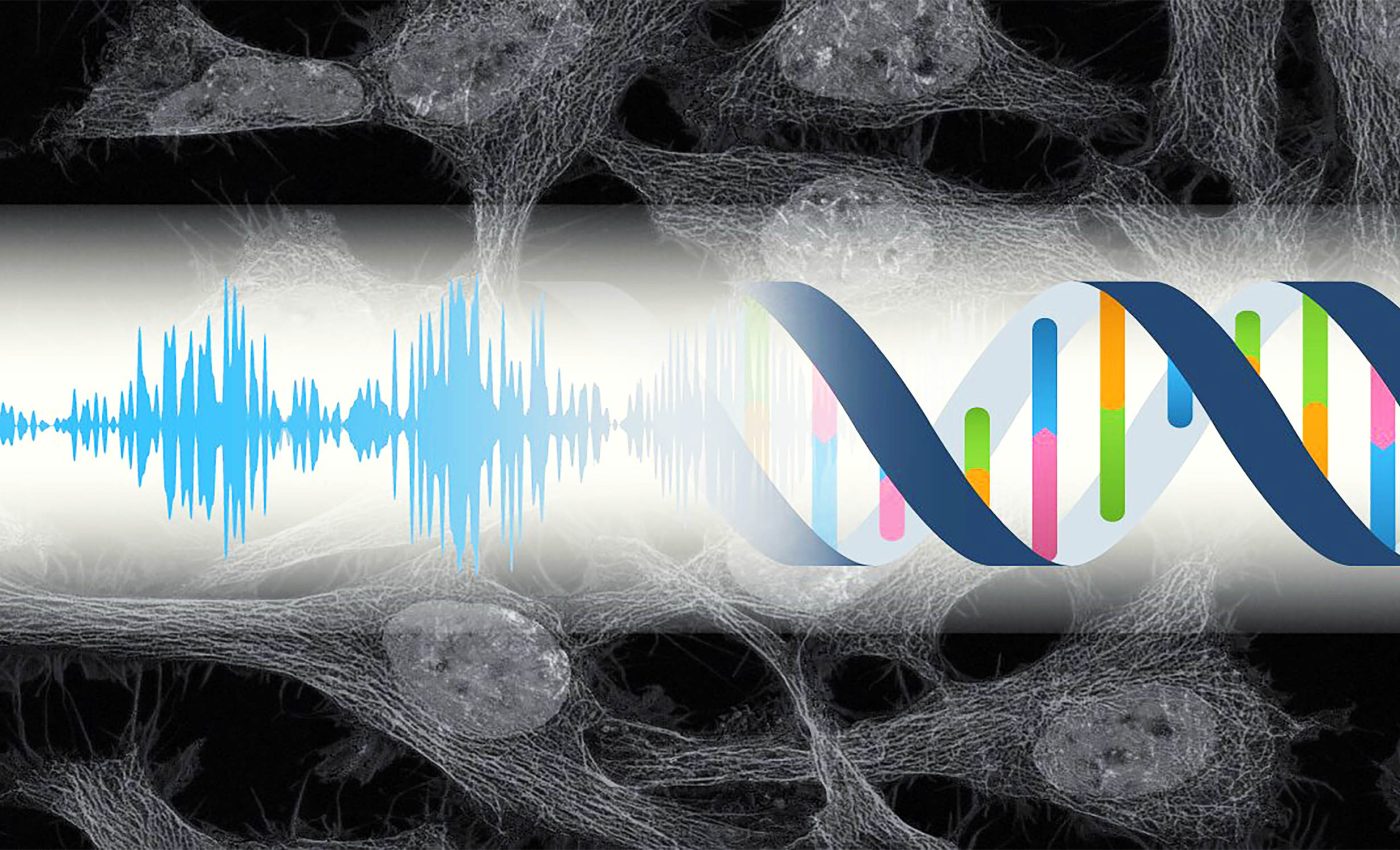
Our cells react to sounds we can't even hear
The noises of everyday life might be stirring more than just your eardrums. Recent findings suggest that certain vibrations affect living cells in unexpected ways.
In an effort to see if cells truly respond to sound, researchers developed specialized setups that send mild pressure waves into cell cultures.
After extensive tests, Masahiro Kumeta from Kyoto University emerged as a leading voice in this field.
Cells detect and respond to sound
Cells typically rely on chemical signals and mechanical cues to regulate their growth. The notion that audible frequencies might play a role in shaping cell functions has intrigued scientists for years.
“To investigate the effect of sound on cellular activities, we designed a system to bathe cultured cells in acoustic waves,” said Kumeta.
The researchers noted that subtle compressions could alter how cells communicate and function.
When cells sense pressure
One pivotal outcome was the identification of over 100 genes that seemed sensitive to specific sound conditions.
Different frequencies and intensities triggered varied responses, hinting at a surprisingly sophisticated cellular awareness.
“Since sound is non-material, acoustic stimulation is a tool that is non-invasive, safe, and immediate, and will likely benefit medicine and healthcare,” said Kumeta.
Observations suggested that mechanical receptors on cell surfaces might be picking up sound-related pressure changes.
Sound affects fat development
The research also uncovered a link between vibrations and adipocyte development. Cells destined to become fat cells showed reduced differentiation when exposed to tailored sound signals.
This effect was partly explained by increased levels of PGE2, a molecule known to influence fat cell growth. The findings add weight to ongoing discussions about non-invasive ways to manage tissue health.
Everyday noise impacts cell health
These discoveries raise questions about the relationship between environmental noise and cellular health. Future investigations might shed light on whether day-to-day soundscapes carry hidden effects for humans.
Such possibilities could open new therapeutic avenues to address metabolic issues or support tissue regeneration.
Learning more about how cells detect acoustic cues might guide clinicians toward safer treatment strategies.
Sound can control cell activity
Researchers are keen to explore how mechanical waves can be tuned to different cell types. This tuning could help maintain specific cell behaviors without using invasive procedures.
Understanding these mechanisms might also improve regenerative medicine by providing a tool that supports healing tissues.
Though the science is still expanding, the conversation around everyday sound’s potential influence on cellular well-being is gaining traction.
The idea that your cells respond to invisible shifts in pressure challenges traditional views of sensory biology. Investigations promise to reveal more about how we can harness acoustic signals in gentle yet meaningful ways.
Vibrations shift gene activity
Mechanobiology extends to how tissues interpret various physical forces. Studies suggest that subtle vibrations might shift gene expression in skeletal and smooth muscle.
Research into neurotoxins and other complex biological processes also shows that cells often respond to unexpected sound cues in their environment.
Low-intensity pulses can trigger molecular changes that were once thought impossible through conventional means.
Noise pollution may harm cells
Efforts are underway to design experiments that separate normal mechanical stress from sound-induced signals. If those tests confirm unique responses, the results could open new doors in cell therapy.
Scientists are also curious about whether long-term exposure to mild acoustic environments might steer cells toward different fates.
Communities around the globe deal with noise pollution daily, so these results could change how we think about public health. It raises the possibility certain sound frequencies might either help or hinder basic cellular functions.
Finding a balance between beneficial and disruptive sound levels could become an unexpected health frontier. Communities might one day explore acoustic monitoring alongside typical environmental checks.
The study is published in the journal Communications Biology.
—–
Like what you read? Subscribe to our newsletter for engaging articles, exclusive content, and the latest updates.
Check us out on EarthSnap, a free app brought to you by Eric Ralls and Earth.com.
—–













